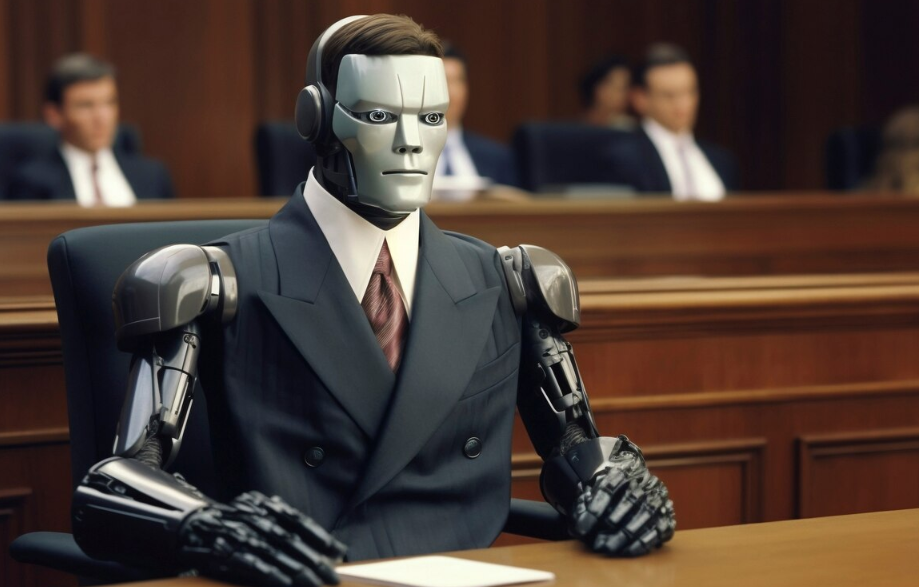Introduction: Code Beyond Human Hands
Traditionally, software is something humans write, debug, and update. But what if code could evolve independently—growing more efficient, adapting to new environments, and even solving problems in ways its creators never imagined? Welcome to the emerging field of self-evolving code: software that rewrites, optimizes, and mutates itself, sometimes without human input.
This is not just an academic curiosity. It has massive implications for the future of programming, cybersecurity, artificial intelligence, and the nature of creativity in tech.
1. What Is Self-Evolving Code?
Self-evolving code refers to software systems that can autonomously modify their own source code or structure. Inspired by biological evolution, these systems use mechanisms such as mutation, selection, and recombination to generate better versions of themselves over time.
This approach is typically powered by:
- Genetic algorithms
- Evolutionary computation
- Reinforcement learning
- Neuroevolution (for neural networks)
The goal? To optimize performance, adapt to new environments, or solve novel tasks—without needing a human developer to explicitly write every line.
2. How It Works: From DNA to Code
Self-evolving code often draws inspiration from natural selection:
- Initial Population: Multiple code variations (or “organisms”) are created.
- Evaluation: Each one is tested against a set of objectives (speed, efficiency, accuracy).
- Selection: The best-performing variations are selected.
- Mutation/Crossover: New code is generated by slightly mutating successful ones or combining features.
- Repeat: This loop continues, producing generations of increasingly optimized software.
Example:
A robotic control system is programmed with hundreds of algorithmic variations. Over thousands of iterations, it “evolves” a controller that can navigate an obstacle course far better than a human-coded one.
3. Real-World Applications
🧬 Genetic Programming
Using genetic algorithms, developers can evolve software that performs specific tasks, such as:
- Pattern recognition
- Game strategies
- Data sorting
- Image compression
Some of these evolved programs are more efficient or less resource-intensive than traditional solutions.
🤖 AI Model Optimization
Neural networks can be designed to evolve their architecture and learning rules over time. This is used in:
- AutoML (automated machine learning) to design new neural net architectures.
- Neuroevolution to find efficient pathways for learning in environments like video games or simulations.
🧠 Brain-Computer Interfaces
Evolving code is also being explored in adaptive neurotech—software that adjusts in real time to brain signal variations, learning a user’s patterns without needing reprogramming.
4. Benefits and Advantages
- Autonomous Adaptability: Systems can respond to changing conditions without manual intervention.
- Unexpected Solutions: Evolutionary processes can find novel solutions that human programmers might overlook.
- Scalability: Code that adapts can grow more capable as demands increase.
- Speed: Some optimization tasks that would take humans weeks can be handled in hours by evolutionary code.
5. Challenges and Risks
🧩 Interpretability
Evolved code often results in “black box” solutions—highly effective, but difficult for humans to understand or modify.
🐛 Unintended Behavior
Autonomous evolution can lead to unexpected, sometimes dangerous behaviors, especially if fitness criteria aren’t carefully defined.
🔐 Security Concerns
Self-mutating software could evade traditional security systems, raising alarms for potential misuse in malware or autonomous hacking tools.
⚖️ Ethics and Control
If code is truly autonomous in its development, who is responsible for its decisions? What happens if evolved code behaves in ways that are harmful or uncontrollable?
6. The Future: Will Humans Still Write Code?
In the coming decades, we may move toward a hybrid model where humans define high-level goals, and machines evolve the implementation. This flips the traditional software paradigm on its head.
Potential Futures:
- AI ecosystems that maintain and evolve their own codebases, repairing bugs before they’re noticed.
- User-friendly interfaces where non-programmers input desired behavior and let the code evolve to meet those goals.
- Co-evolution: Human developers working alongside AI systems that continuously improve themselves and their collaborators’ tools.
Conclusion: Evolution as an Operating Principle
Self-evolving code is still in its infancy, but it’s already proving its potential. As computational power increases and AI becomes more sophisticated, the idea of living software—code that evolves, adapts, and thrives in digital ecosystems—may become not just possible but essential.
We’re approaching a time when software will no longer just be written—it will be grown.


